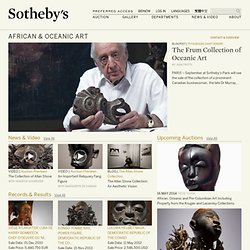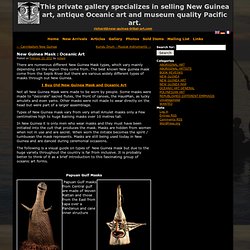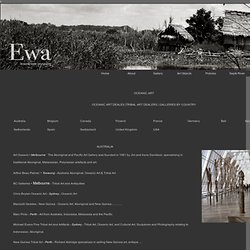

Living Heritage - Marcellin College. Malakai's story: Our mothers are important ‘Koe ha ho’o mou teunga’ is one of the first questions my Mum Penina ‘Ofanoa says every night before our Fia Fia night (the fundraising performance held before the festival) starts.

Both my parents know how important it is to represent Tonga, especially when we are in a more unique and prosperous country like New Zealand. When we arrived in New Zealand in 1998 we came with most of our belongings including our ngatus, Ta’ovalas, Kie Kie, and Falas. My mum stopped making them in New Zealand because she had no time due to work and helping my Dad to support the family. All our ngatus and Tongan items are stored under our beds in order to keep the materials flat. The ngatus are important as gifts for funerals, weddings, birthdays or any Tongan celebration. For the festival we were told to wear a singlet and shorts inside, and a ngatu of about two metres in length over this. I was proud to wear the ngatu my Mum had made at the Festival. Oceanic Art - Gallery. African & Oceanic Art Auction Department. Since Sotheby’s pioneered sales in this category more than 40 years ago with The Helena Rubinstein Collection in 1966, our goal, season after season, has been to offer carefully curated sales of highly desirable property and deliver exceptional returns to our consignors.

We offer African and Oceanic Art made in or prior to the early 20th century for use in rituals or ceremonials within the traditional cultures of sub-Saharan Africa, Australia, Melanesia, Polynesia, Micronesia and Indonesia. This includes masks, figurative sculpture, amulets, jewellery, furniture and weaponry. Sotheby’s is the only international auction house with regular auctions in New York and Paris in these highly specialised collecting areas. The commitment and focus of our international team of seven specialists attracts a global audience of bidders and has led to unmatched results for the sale of extraordinary objects and revered collections.
New Guinea Mask : Oceanic Art. There are numerous different New Guinea Mask types, which vary mainly depending on the region they come from.

The best known New guinea mask come from the Sepik River but there are various widely different types of masks through out New Guinea. I Buy Old New Guinea Mask and Oceanic Art Not all New Guinea Mask were made to be worn by people. Some masks were made to “decorate” sacred flutes, the front of canoes, the HausMan, as lucky amulets and even yams. Other masks were not made to wear directly on the head but were part of a larger assemblage. Types of New Guinea mask vary from very small Amulet masks only a Few centimetres high to huge Baining masks over 10 metres tall. In New Guinea it is only men who wear masks and they must have been initiated into the cult that produces the mask. The following is a visual guide on types of New Guinea mask but due to the huge variety throughout the country is far from inclusive. Papuan Gulf Masks. TORRES-STRAIT-WOOD-MASK.jpg (JPEG Image, 1322 × 3151 pixels) - Scaled (20%)
Oceanic Art, New Guinea Art - Oceanic Art - New Guinea Art Home Page. Oceanic Art Dealers - Tribal Art Dealers and Galleries. Art Oceanic - Melbourne - The Aboriginal and Pacific Art Gallery was founded in 1961 by Jim and Irene Davidson. specialising in traditional Aboriginal, Melanesian, Polynesian artefacts and art.

Arthur Beau Palmer - Toowong - Australia Aboriginal, Oceanic Art & Tribal Art BC Galleries - Melbourne - Tribal Art and Antiquities. Oceanic Art - Wood yam mask. This old wood mask is actually a yam mask from the Eastern Abelam area around Ulupu Mission Station.

Here, most yam masks are wood as opposed to the more common woven variety. This one is very old as evidenced by the numerous layers of paints visible. For the Abelam paint was the magical substance that gave life to otherwise lifeless wood carvings. And thus these numerous encrusted layers of paint attest to a long and useful life for this piece. The mask, as always should, displays the pierced ears and nasal septum of a pre-1940 piece (I would date the piece to the 1920-30s). Oceanic Art - Gallery.